Capturing Awesome Action Photos Like It's The Easiest Thing Ever
Action photography is undoubtedly exciting, but it’s also one of the most challenging genres of photography because you only have a split second to capture the perfect photograph.
Unlike other types of photography, you’ll need lightning-fast reflexes to shoot the best sports moment you’re watching and a little bit of luck as well. With that said, if you’re interested in capturing action photos, then there’s great news because it’s not something that you can’t learn.
Consider committing some time to understand the following tips that will help you to capture incredible action shots like a pro. So, let’s dive into it.
Understand Your Equipment
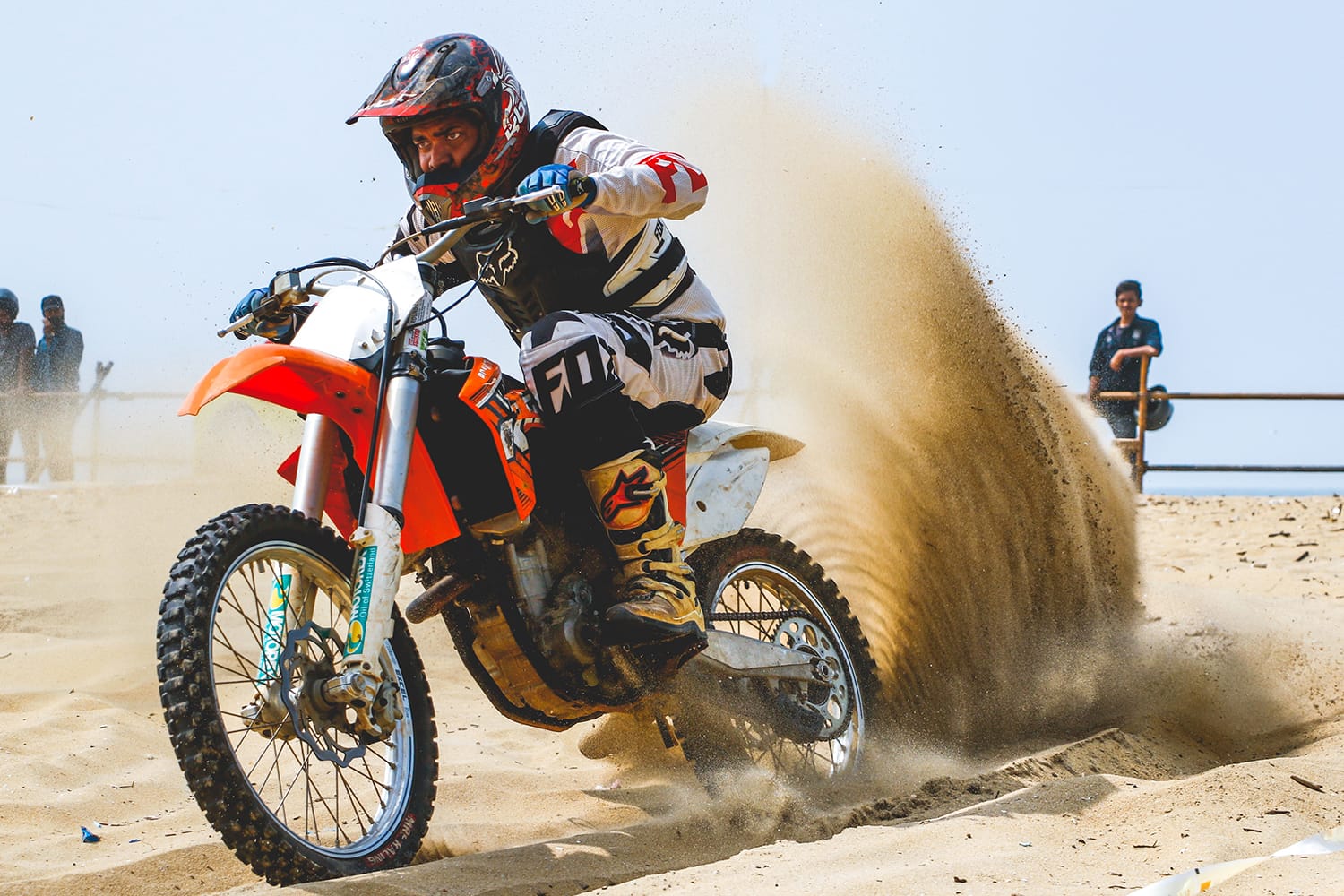
Whether you have a top-of-the-line DSLR or an entry-level camera, you can capture great action photos with them. All you need to do is get control of the camera to achieve the results you want.
The best way to get your camera ready for action photography is to set it to capture multiple frames per second, set the focus point to capture the right spot, allow continuous focus tracking, etc.
You also need to play with aperture and shutter speed to capture the best action photos in different situations with multiple effects such as freezing action or blurring the background.
Know Your Sport
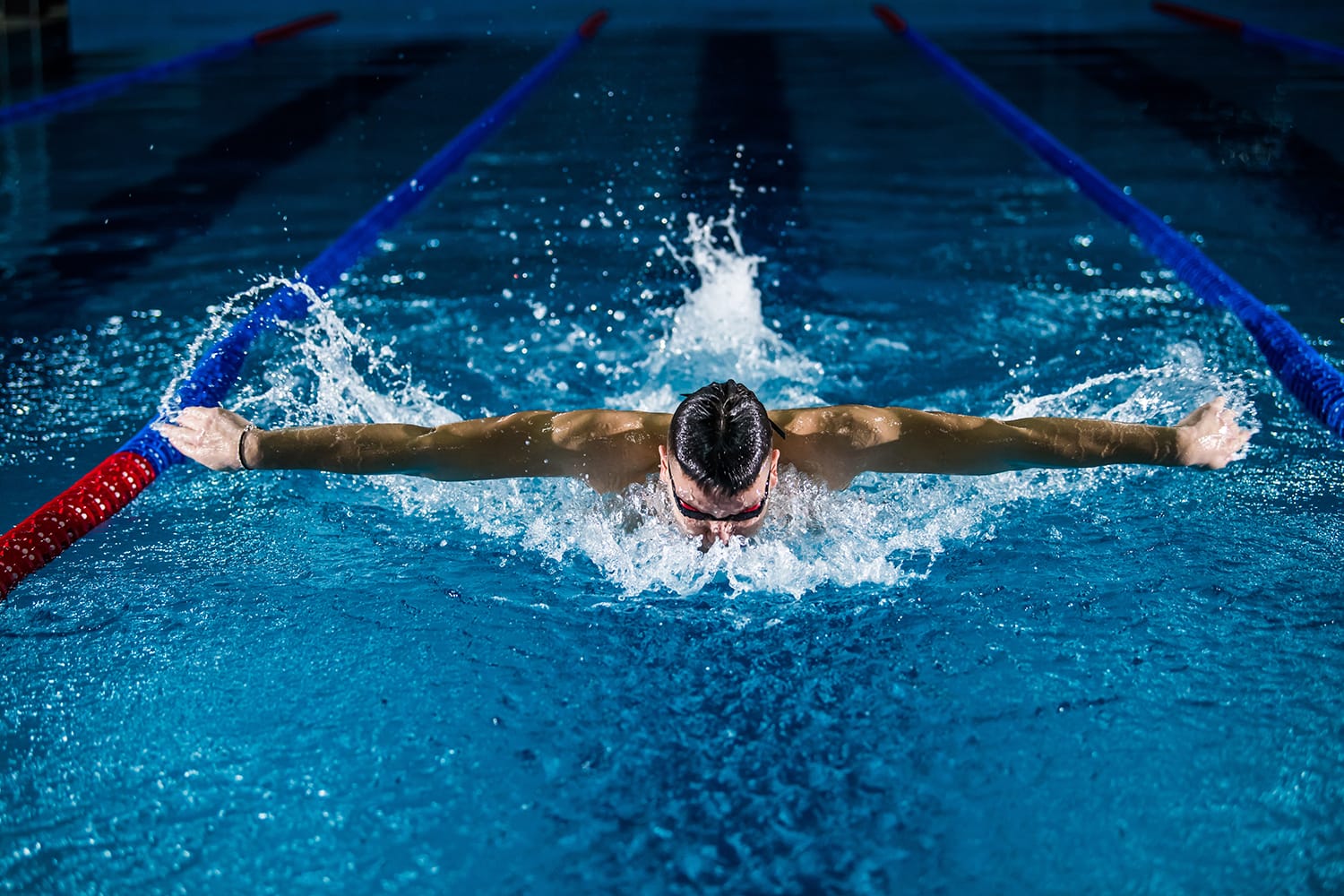
Before changing your camera setting and setting up the equipment, you must understand what type of sport you’re going to capture. You must understand when and where the action will be happening and the best way to capture it.
If it’s motorsport, then consider choosing the spot where drivers show off their skills. The better option is to investigate the area to figure out the angle that will suit you the best to capture the part of the racetrack that the drivers will use.
You must be aware of what you’re getting into and where the action will happen. It will provide you with enough time to plan your photographs and choose the composition that best suits the current scenario.
Shutter Speed to Freeze Subject
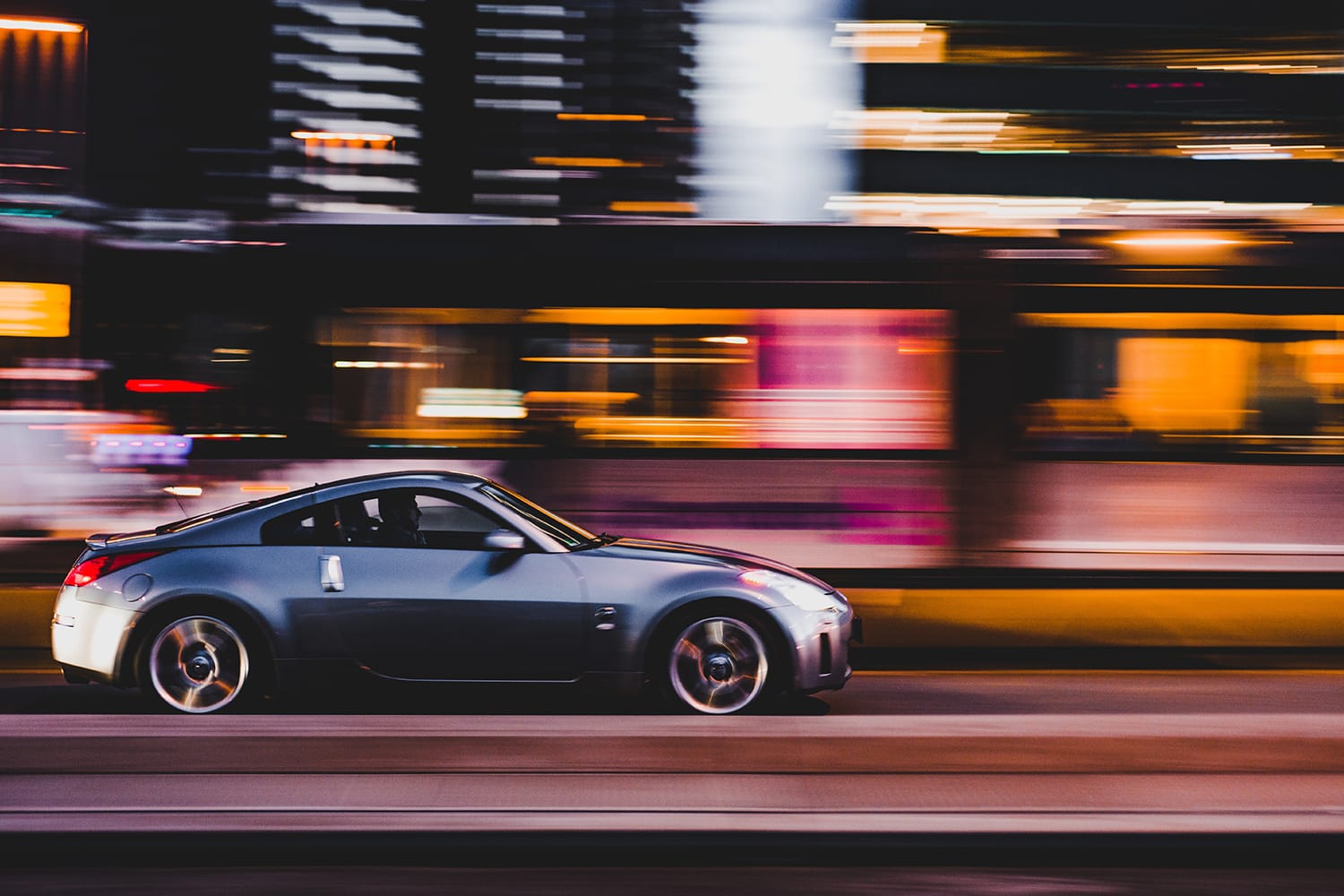
Shutter speed is probably the most important factor when capturing action photos. To shoot a fast-moving subject, consider using a fast shutter speed that will help you freeze your subject.
I’d recommend going for 1/500 or faster shutter speed as a general rule of thumb. Additionally, choosing the shutter speed depends upon several factors, such as the availability of light and the speed of the subject – generally, the faster the shutter speed, the better the action shots except for fast-moving cars.
In the case of fast-moving cars, you can use a lower shutter speed, but you’ll still need to lock in on the subject. However, a little motion blur in the vehicle’s wheel can be left, which will show that the car is moving.
The best way to deal with shutter speed is to use your camera’s shutter priority mode. This way, not only will you be able to choose the desired shutter speed, but the camera will do the job for the rest of the settings.
Background Blur
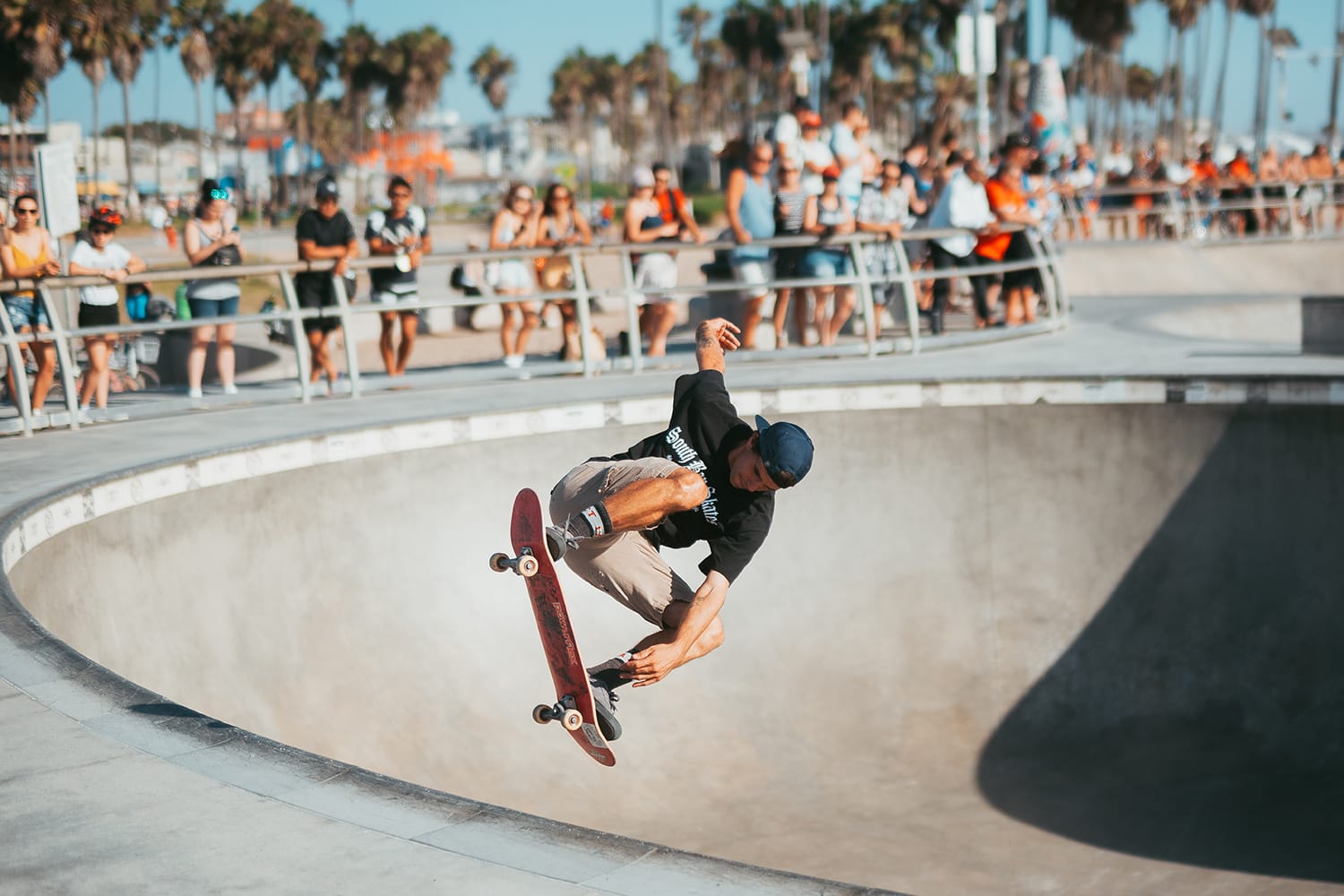
Generally, it’s better to blur the background that will allow you to separate the subject matter from the distractions. For example, the spectators might distract the viewer’s attention from the main subject.
If you blur the background by panning, you need to ensure that your focal point is sharp because that spot must be the pivotal place in your image.
For example, if the subject matter is an athlete, you need to make sure that his/her face is sharp. Otherwise, your photo will appear as an abstract art piece instead of an action photo, and you might have a hard time selling those photos ;)
Focusing Beforehand
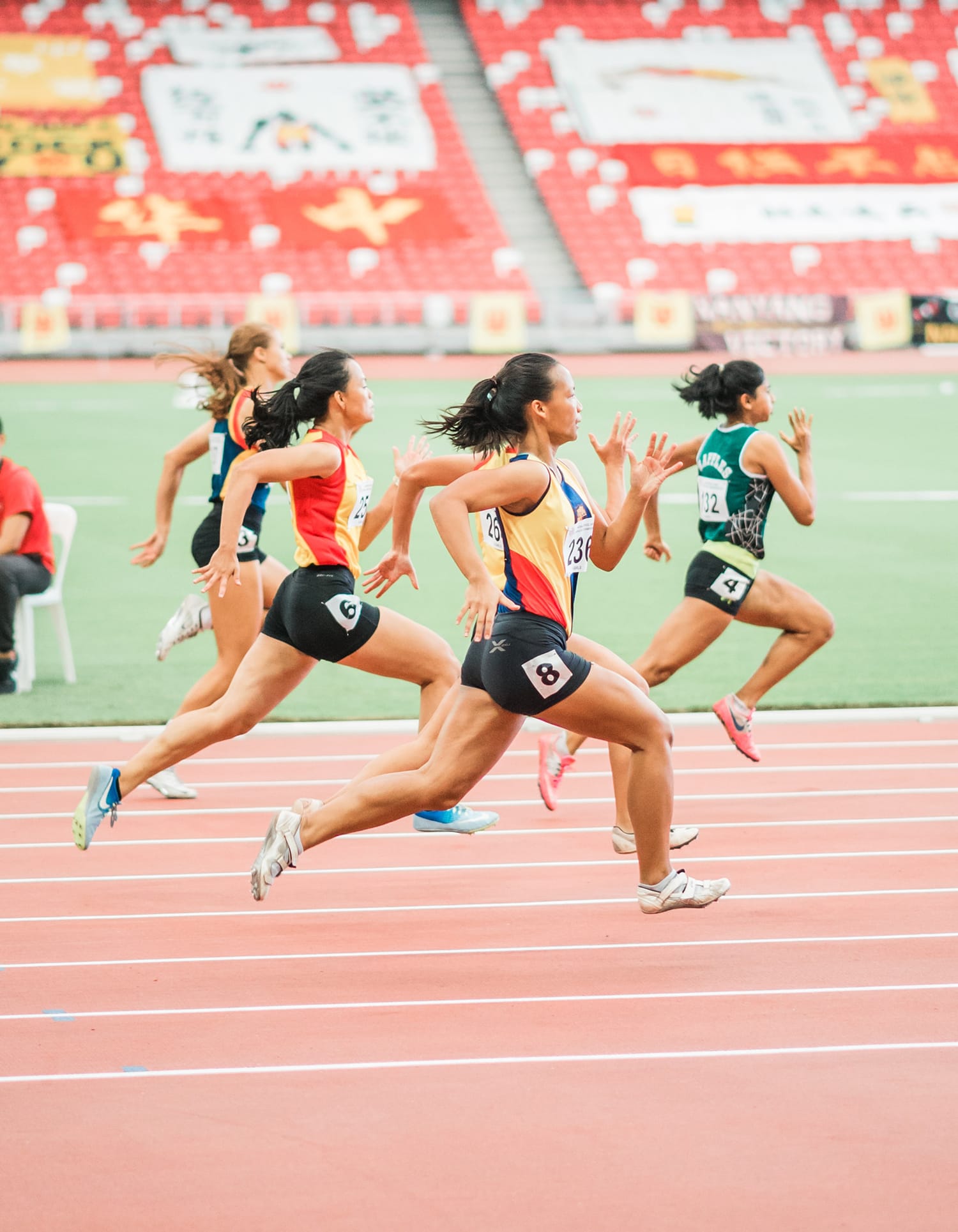
It’s important to set your equipment beforehand when shooting action photography.
For example, suppose you’re capturing a fast-moving subject. In that case, you must already have selected a relatively fast shutter speed by setting your camera to shutter priority mode (or go full-manual if you’re comfortable with that.)
You can also do the same by pre-focusing your camera. For instance, you can focus on the soccer goal and wait for the action to happen in that area. Not only will it allow you to capture some stunning action photos, but it will also help you to enjoy the sport as well.
Lighting
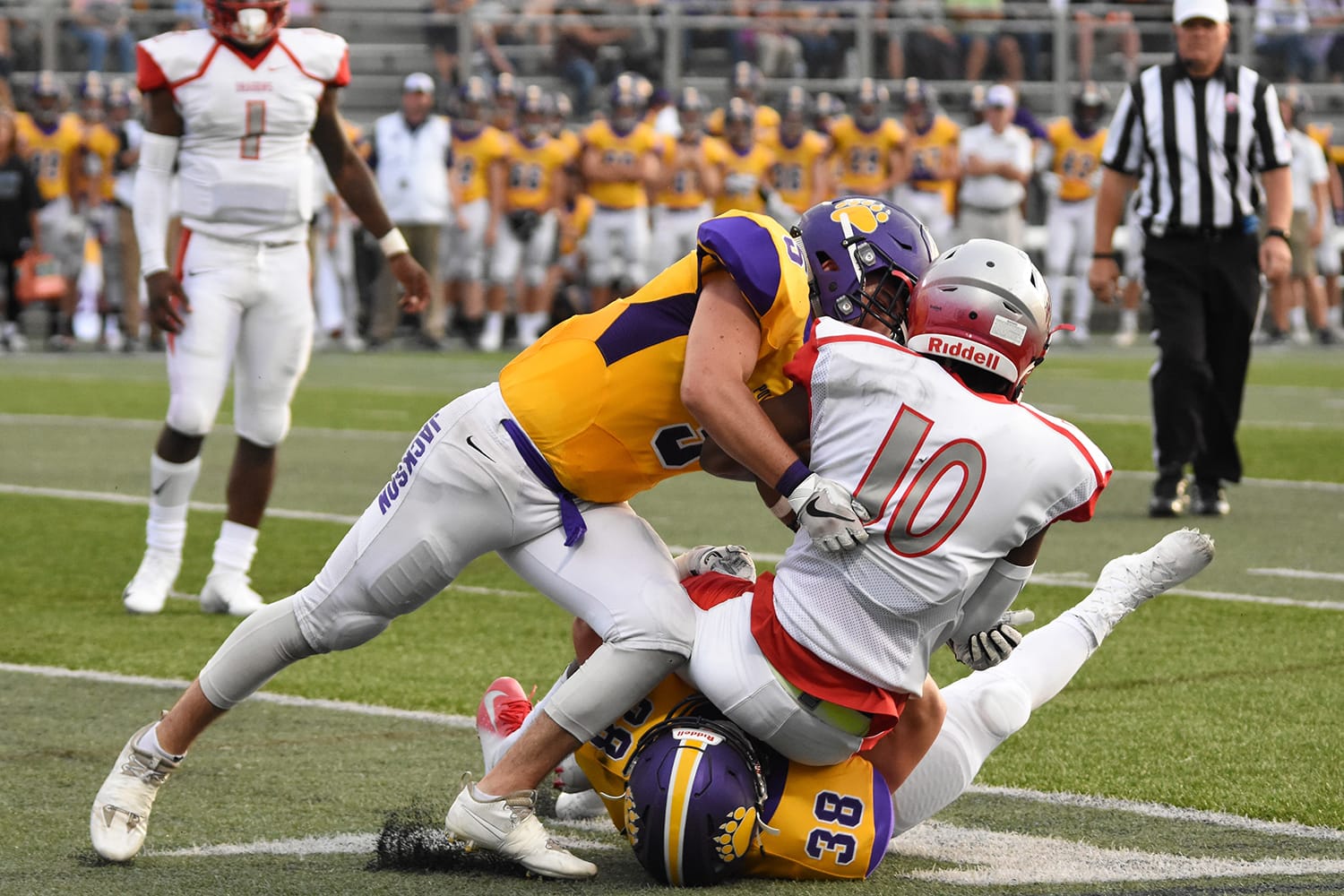
The clarity and exposure of any action photo depend upon the amount of light hitting your camera lens.
It’s critical to know how you can manipulate the light to achieve a certain effect and what the current lighting will allow you to shoot is important to capture the action photo you want.
Consider using a large aperture to achieve sharpness if you’re capturing action shots and you need to move around and make decisions quickly. Moreover, light also plays the most critical role when you want to freeze any subject.
Increase ISO
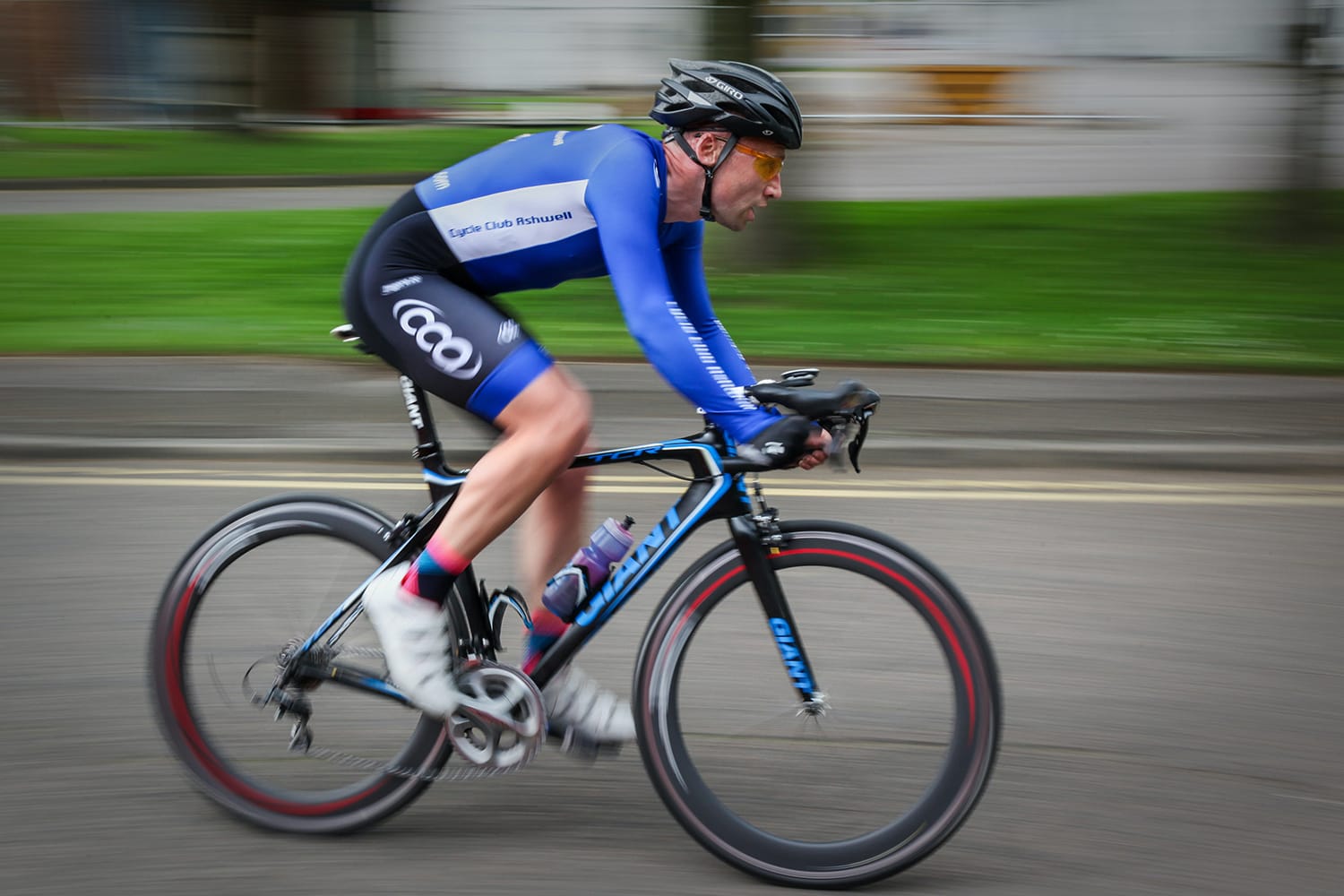
As mentioned, most of the time, you need to capture action photos with a fast shutter speed. Because of the fast shutter speed, your camera might fail to expose the scene properly, even with the large aperture.
Don’t forget that you can always increase your camera’s ISO. Keep in mind to try and use the lowest possible ISO setting that works for the scene. Otherwise, an ISO value that’s too high might introduce unwanted noise in your images. Just something to be mindful of when you’re out shooting.
Burst Mode
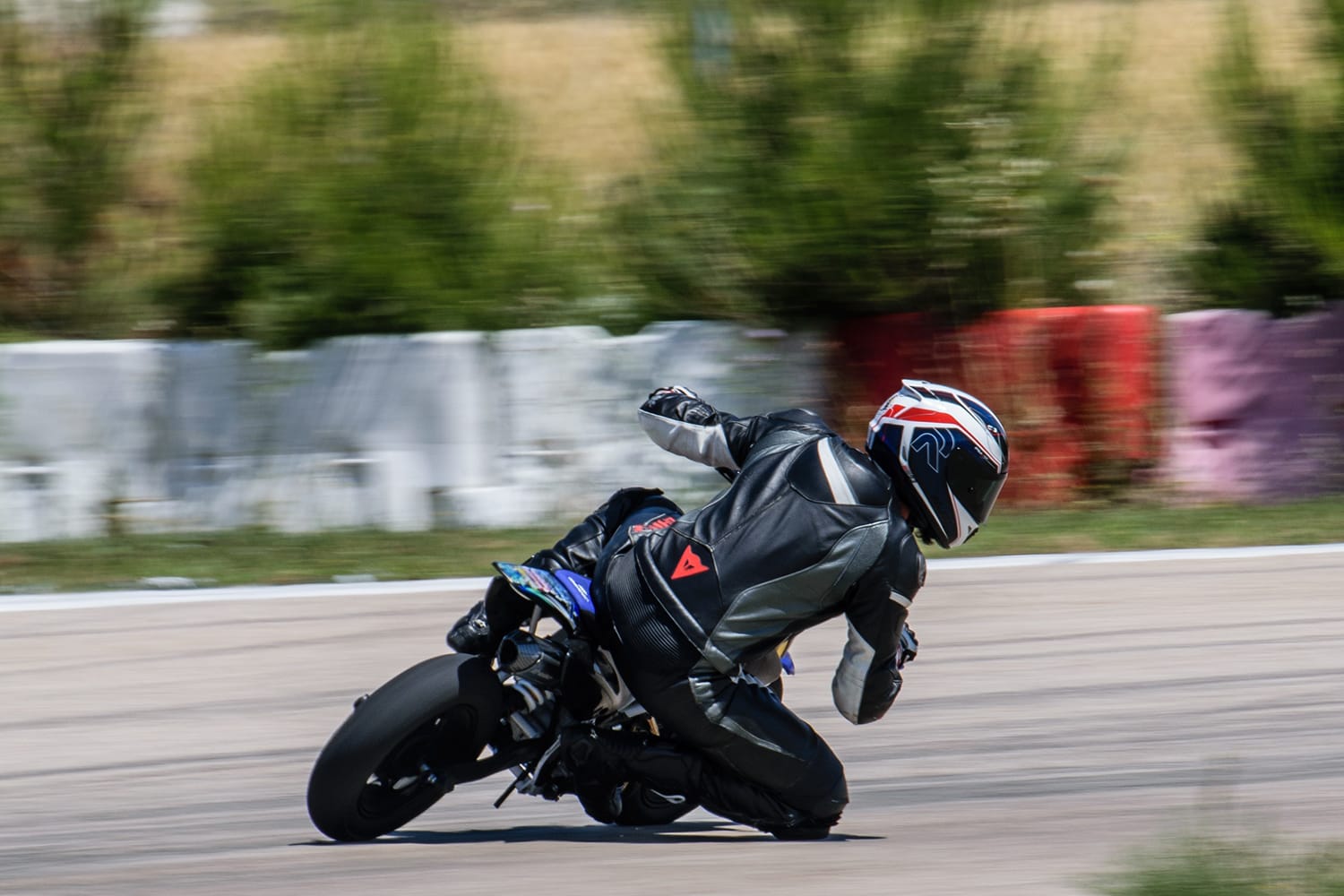
We all know that sports and action move very quickly, and you don’t always have enough time to keep up with that. That’s where the continuous shooting mode of your camera comes into place, which is also known as burst mode.
It allows you to capture a series of photos in very rapid succession, which means you’ll have a much better chance to get desired results.
It’s important to note that your memory card will fill up faster with burst mode than capturing single shots. So, you’ll need to make sure that you have one or two spare memory cards. Otherwise, you’ll waste half of your time deleting the images you don’t want to keep.
Don’t Use a Flash
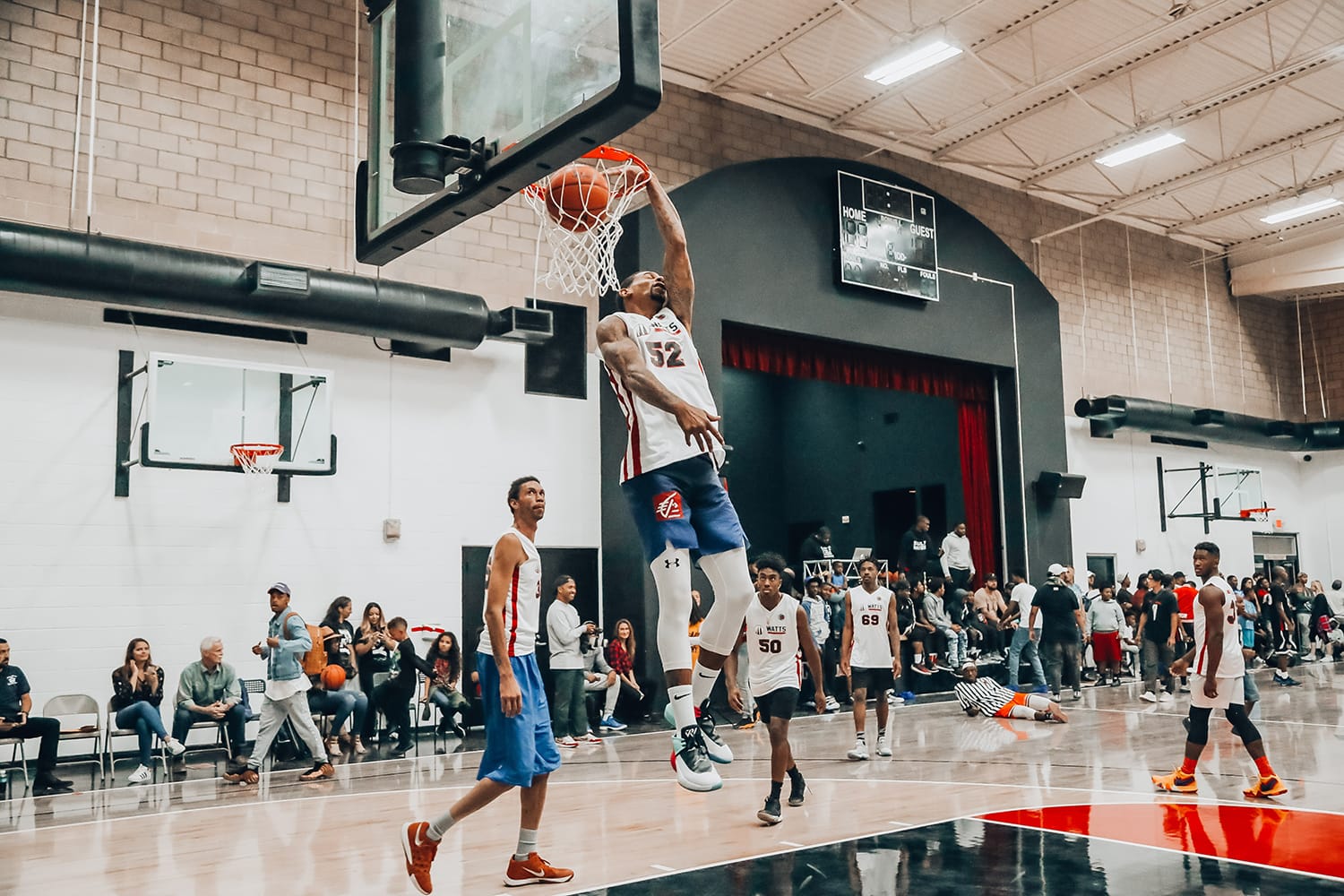
Most sports don’t allow you to get very close to the action, and that’s why you see professionals having long lenses.
Because of such long distances, the flash of your camera becomes useless. Moreover, sports that take place indoors or at night have enough lighting for the players. Using a flash in such scenarios won’t do much but will drain your batteries quicker.
Even if you somehow get close to an athlete, using a flash can distract them, so consider leaving the speedlight at home.
Conclusion
There you have it. These are some of the most important tips that you need to keep in mind while capturing action. I hope that this guide will help you to improve and succeed in your action photography. Keep practicing, and let me know about your thoughts and experiences.
